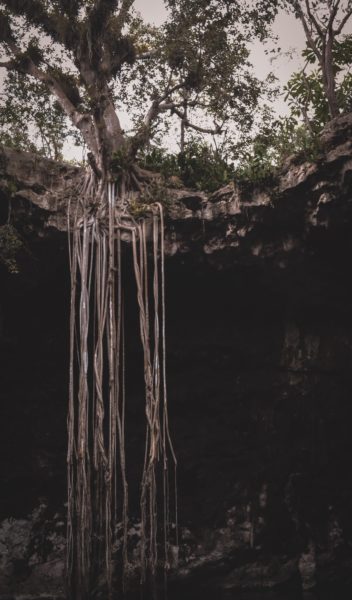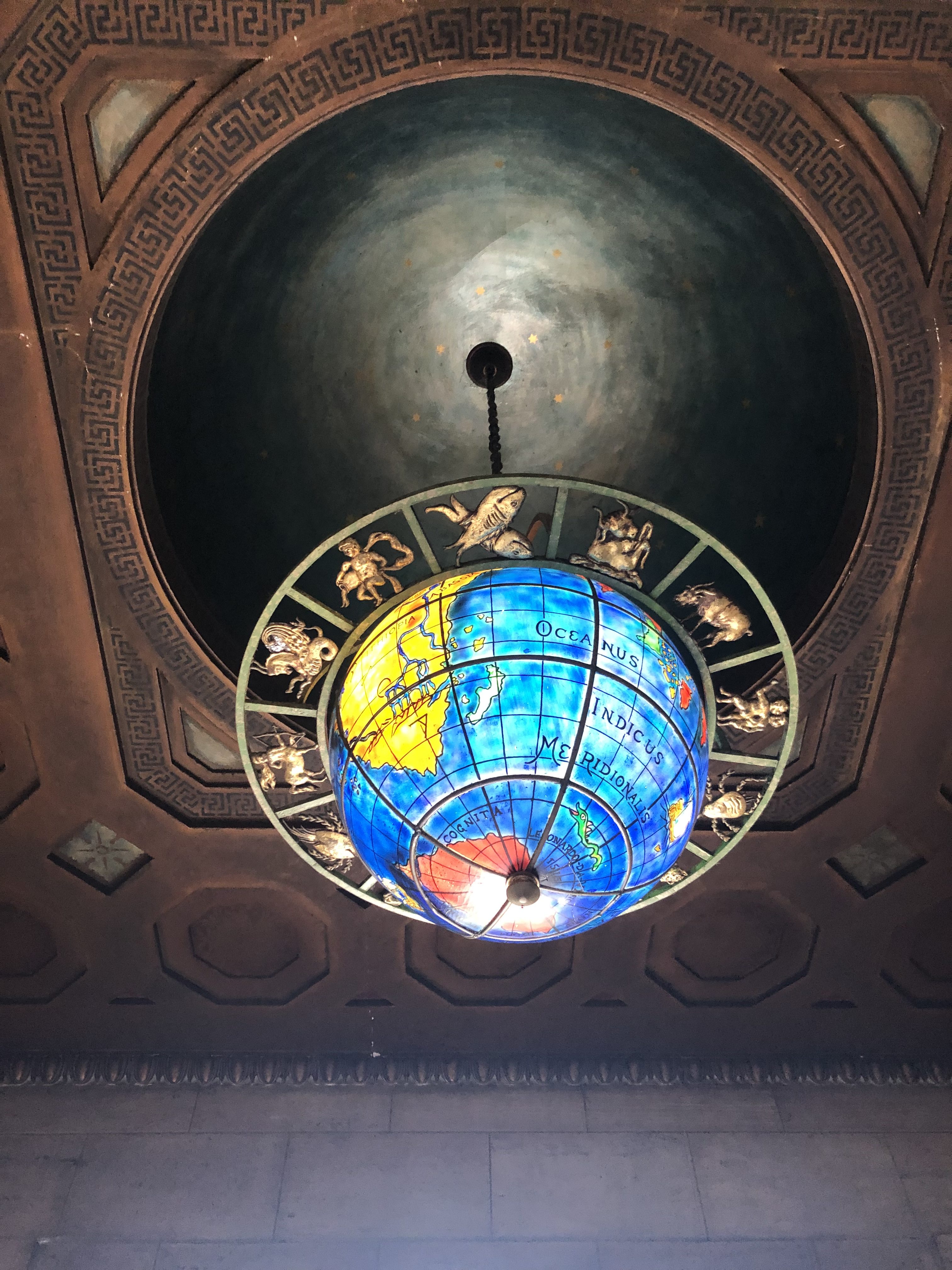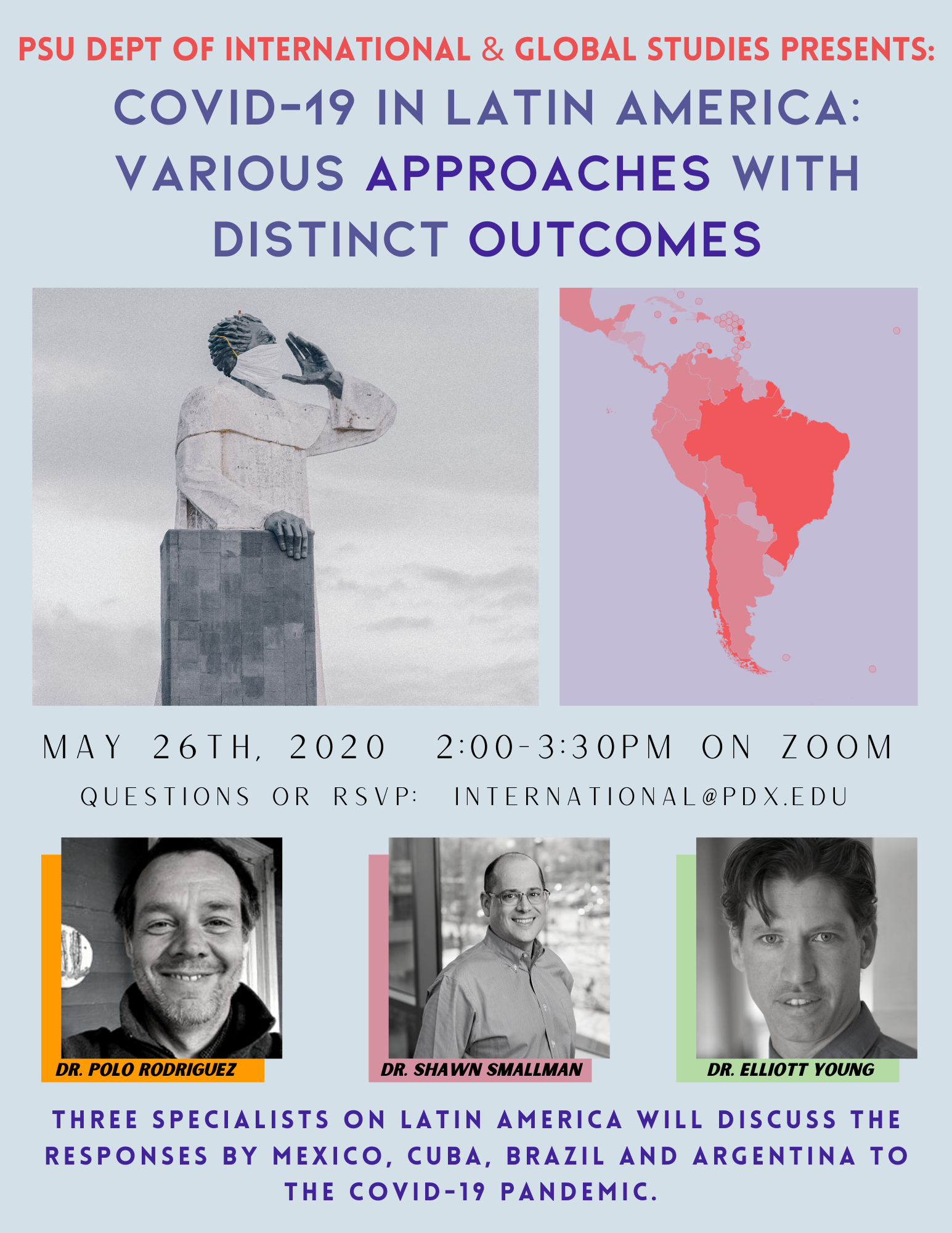Mexican Gothic

Silvia Moreno-Garcia lives in Vancouver, Canada, but often writes novels set in Mexico, such as Gods of Jade and Shadow. In Mexican Gothic she tells the story of a socialite, Noemí, who is both frivolous and strong. When she is not eluding a besotted suitor or attending an elite social event, Noemí’s main ambition in life is to go college, which defies the roles allotted to a 1950’s Mexican woman. But in the opening chapter the family faces a crisis. Her cousin Catalina had married into a family that lived in a remote mountain village. After the wedding she began to make disturbing accusations about her husband. Noemí’s dad didn’t know the truth, and decided to dispatch his daughter to find out. If she would take on this task, he would fund her tuition.
All Gothic novels are about the past intruding into the future. In this case, this is not only a Gothic novel, but also a post-colonial one. When Noemí arrives in the remote mountains, she soon begins to learn the family legacy that stains every aspect of the strange house. She hears about the mines, and the workers’s suffering. And she learns about the eugenics and racism of the family patriarch, an Anglo-Saxon grafted into Mexico’s mountains. The fact that Catalina’s husband is named Virgil is no accident. It’s no coincidence, as well, that Noemí finds help in an elderly woman and herbal doctor, who draws on the region’s botanical resources and Indigenous knowledge.
Despite its Mexican ambiance, while reading the work I soon wondered if the novel didn’t deliberately refer to a story by the 1930’s author of the fantastic and horror, H.P. Lovecraft. Without giving away too much away, part of the plot seemed to draw on a short story set in one particular house in Providence, which you can still walk by. A little digging let me know that not only had Moreno-Garcia written her thesis on Lovecraft’s work, but also that she named the character Howard in this novel after him.
Besides evoking Lovecraft, Moreno-Garcia brilliantly describes the claustrophobia and menace that surrounded the house. The key element that defined this space was that it was unwelcoming, from the frigid dame who defined its rules, to the molding rooms within the house itself. The house itself became a character, with a sense of history that appealed to some characters, and menaced others. With its rich writing, odd characters, and tense climax, this book will please everyone who likes horror or Gothic novels.
I now nominate the author to now write a series of novels drawing on Latin American folklore, which should include El Sombrerón, El Cuco, la Sayona, Amazonian dolphin spirits, as well as the sacred trail, Peabiru. And if Guillermo del Toro should read this blog, will you please option a movie based on this wonderful novel as quickly as possible?
My favorite fun fact about the novel: there is a paper doll kit for the main character on the Random House website.


